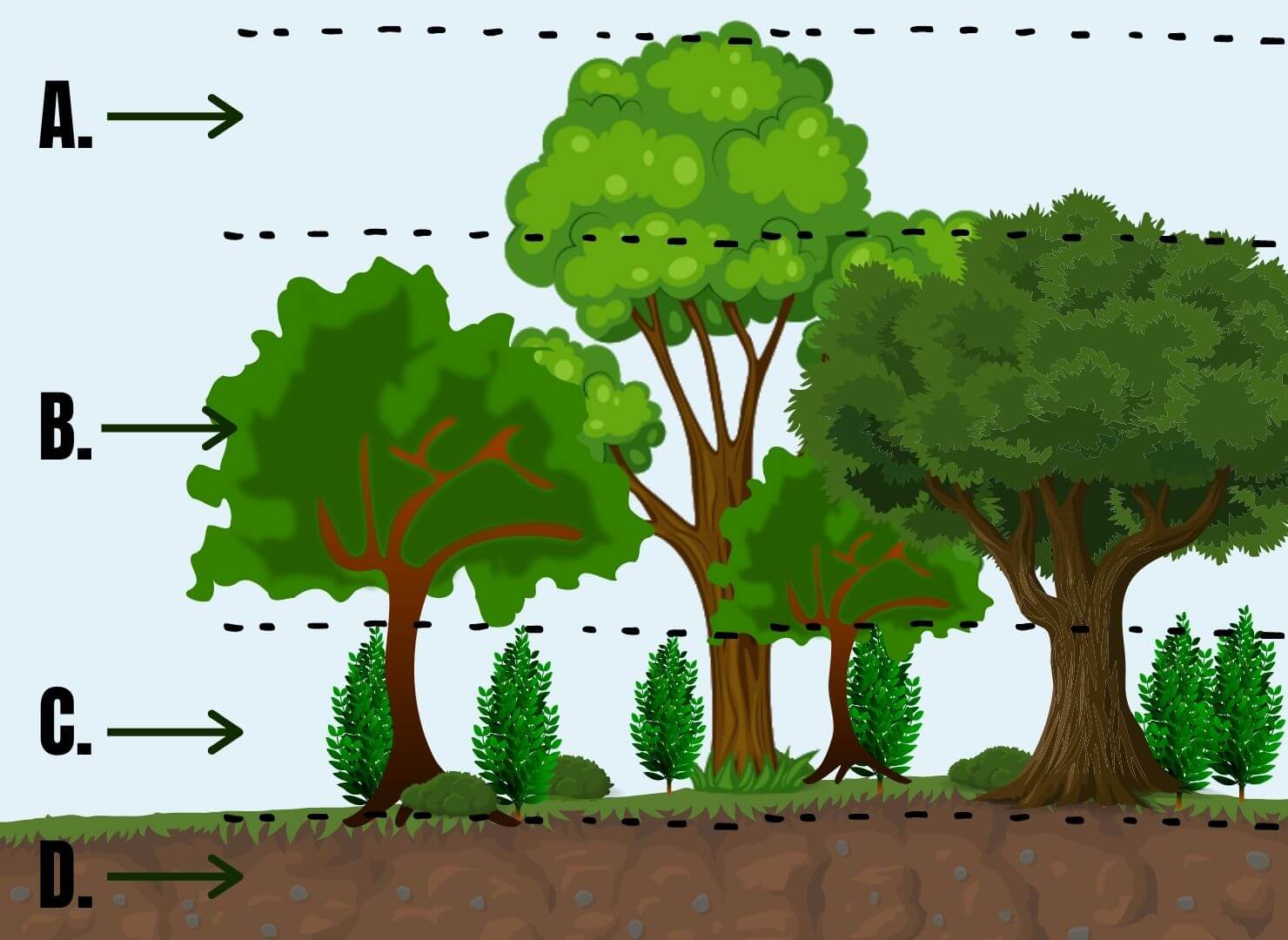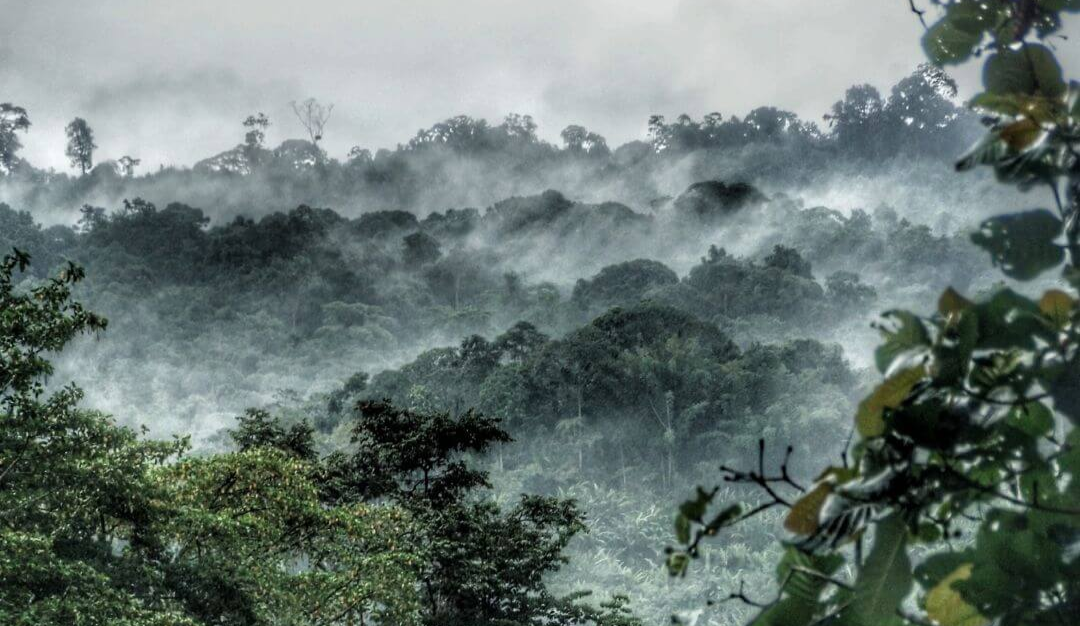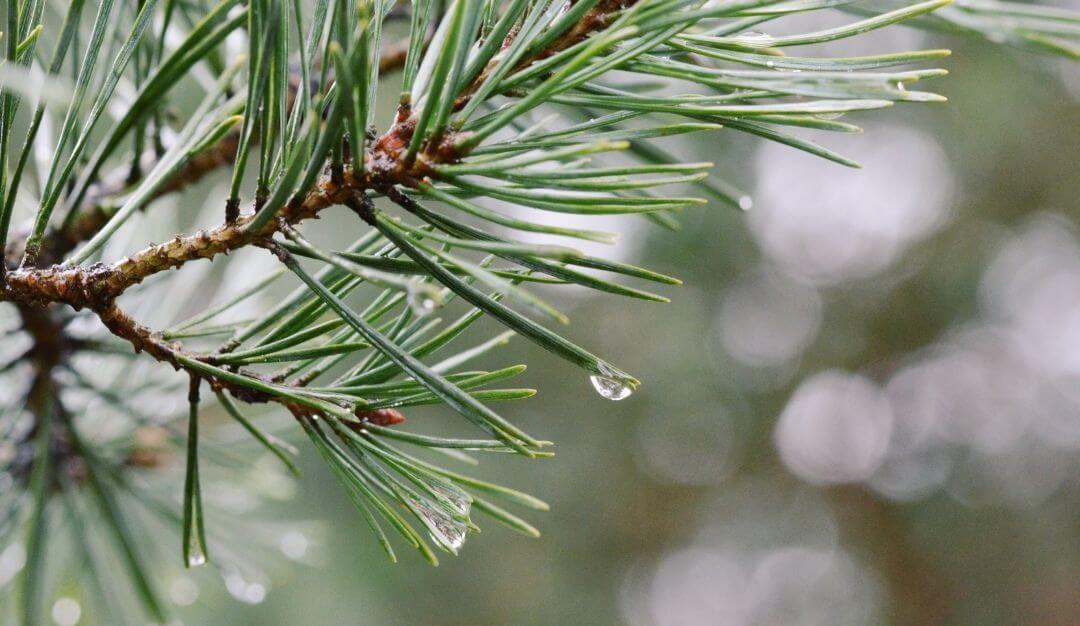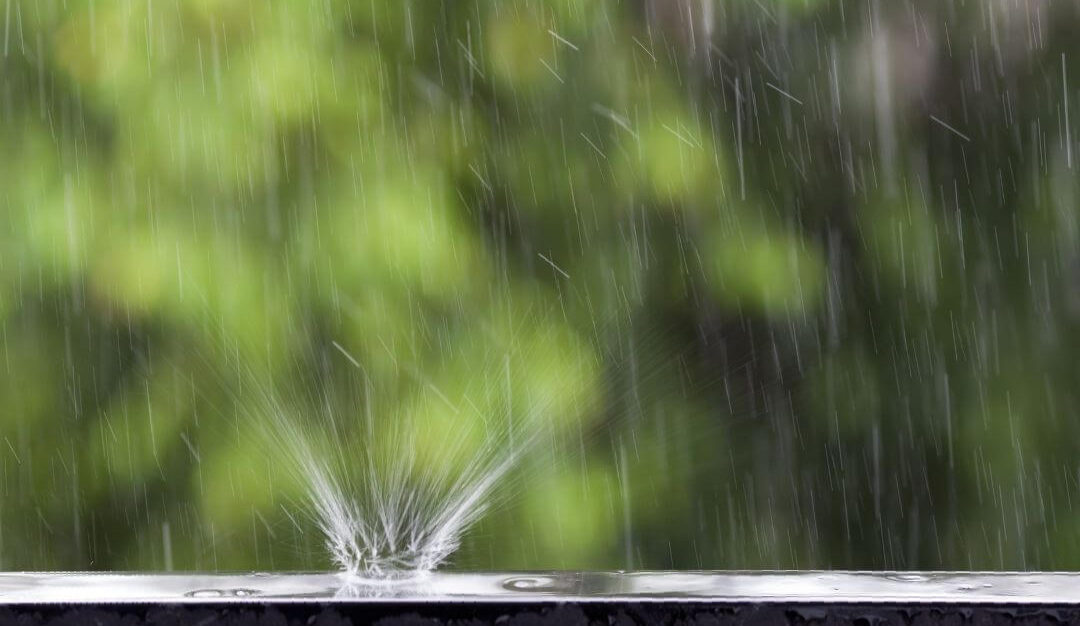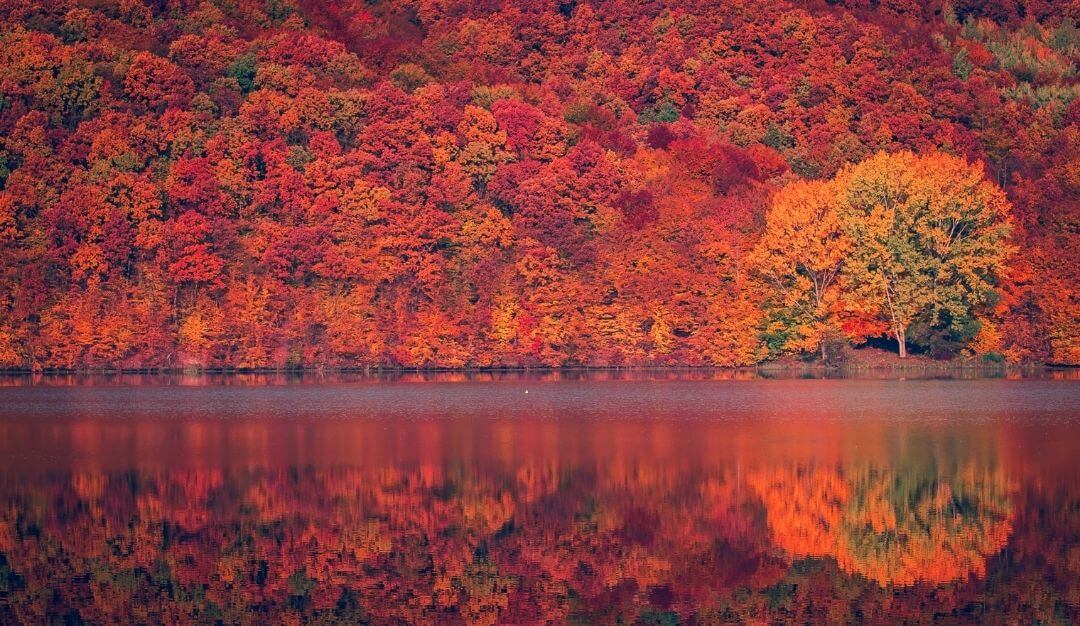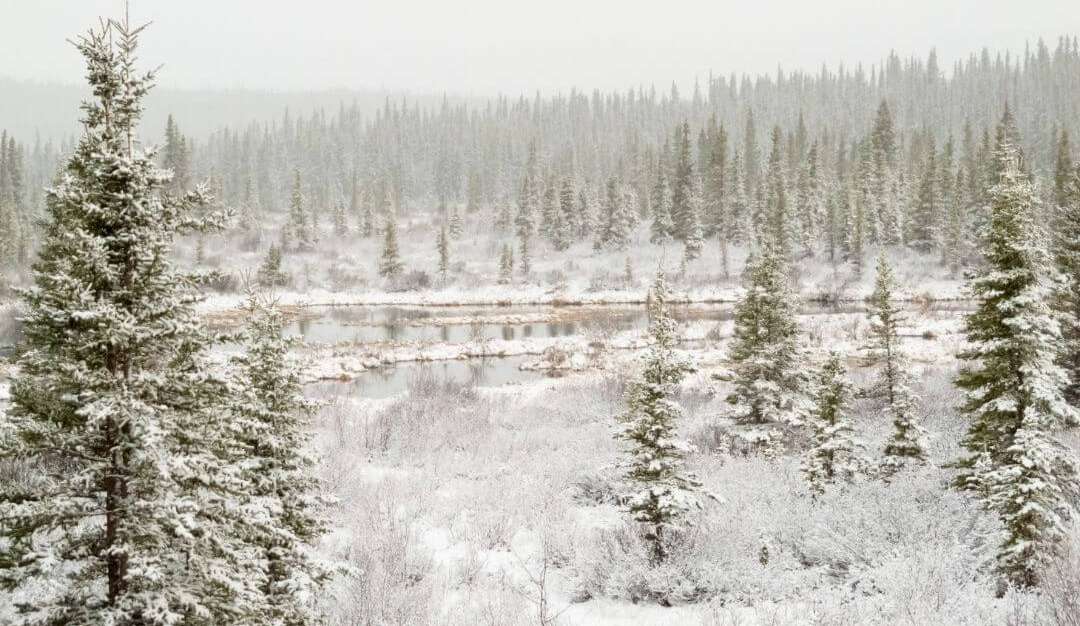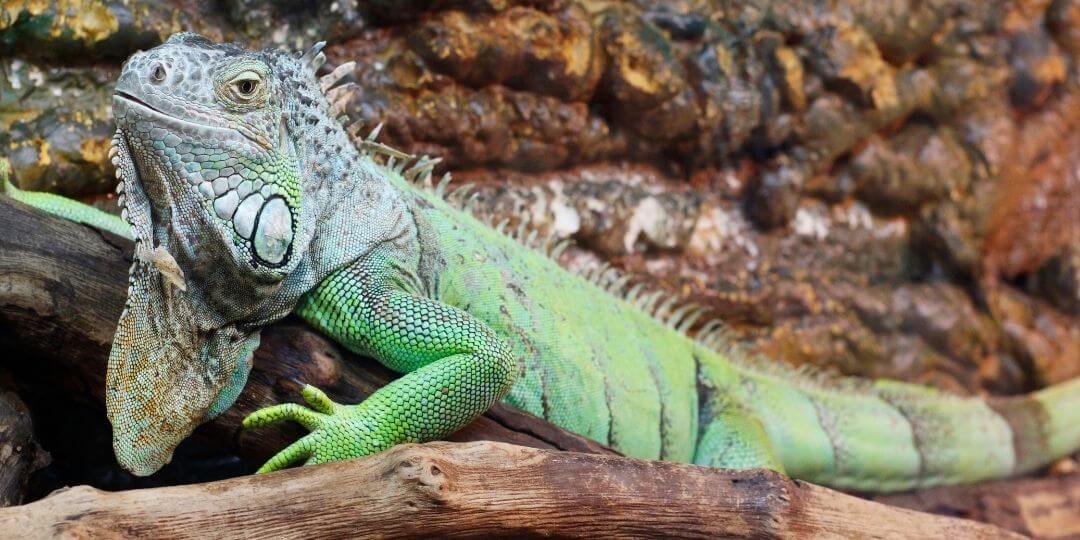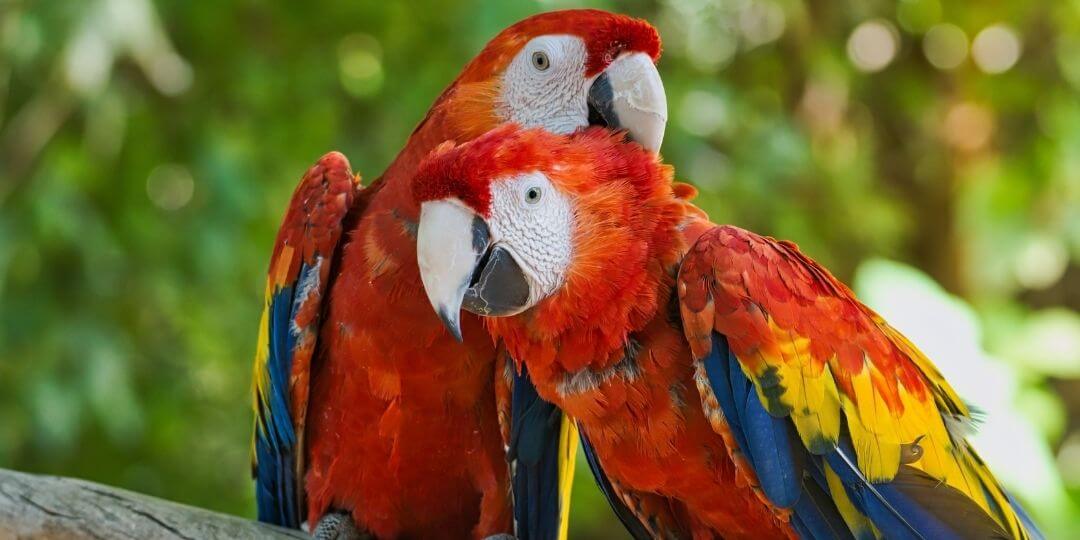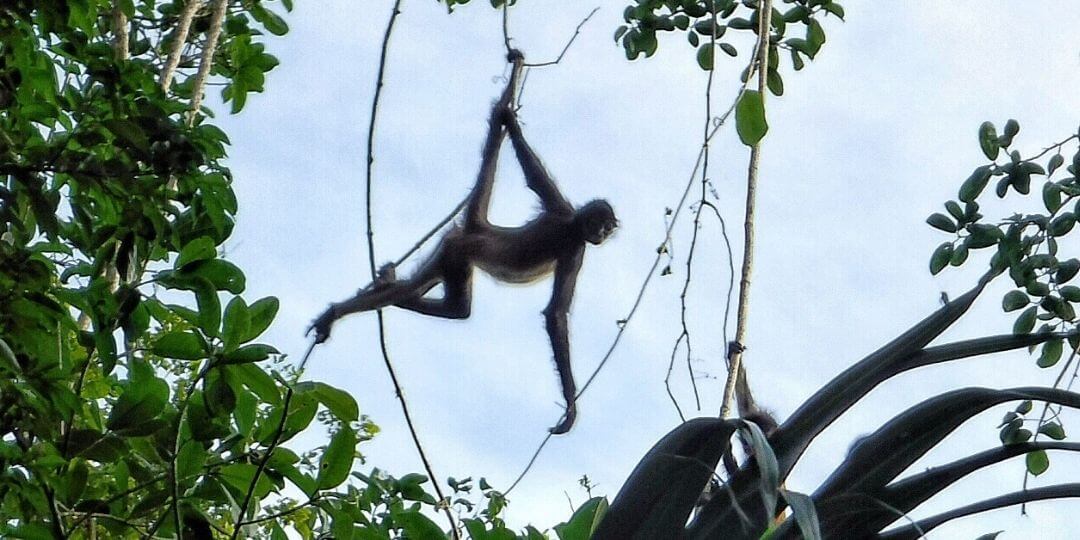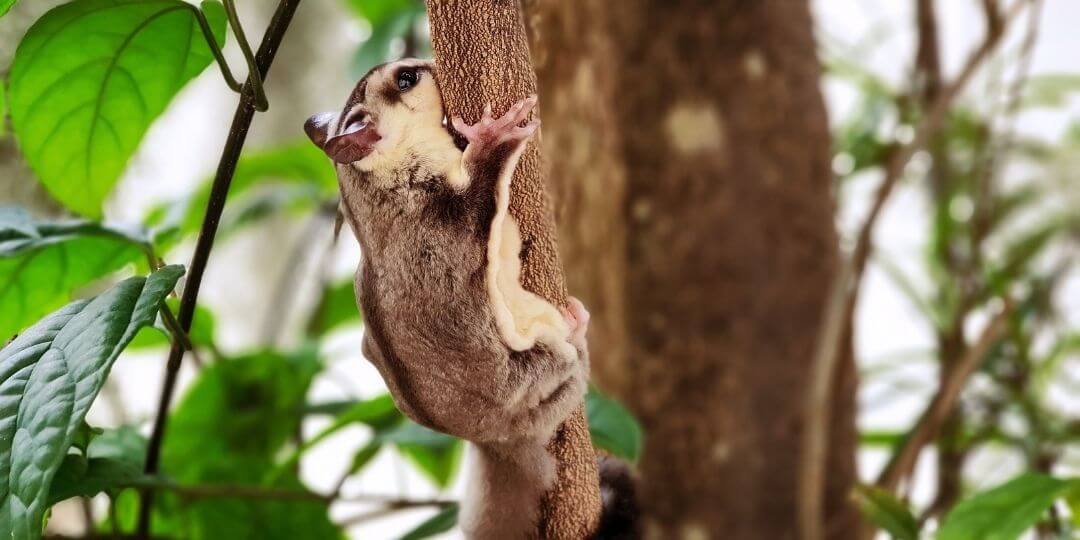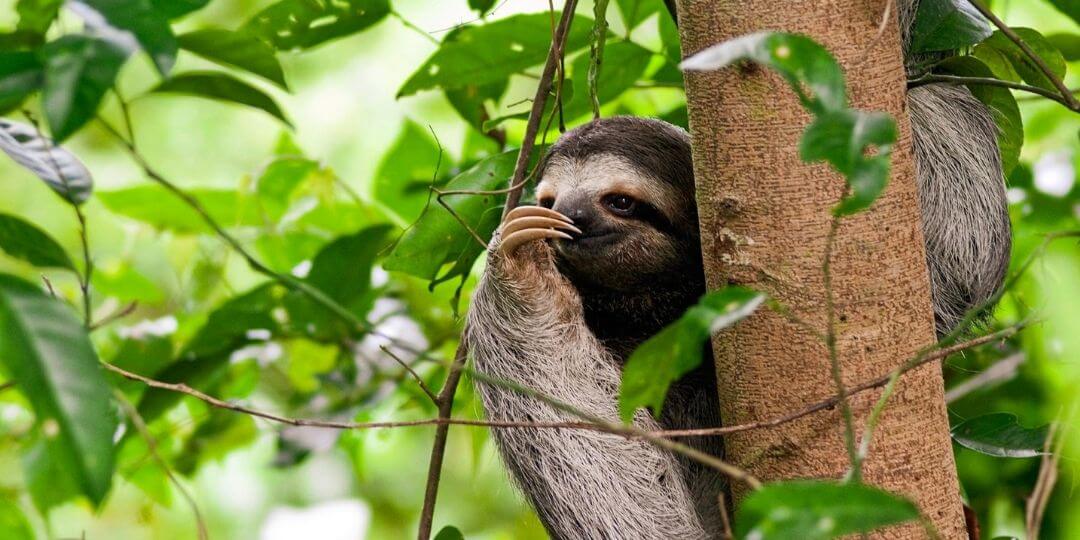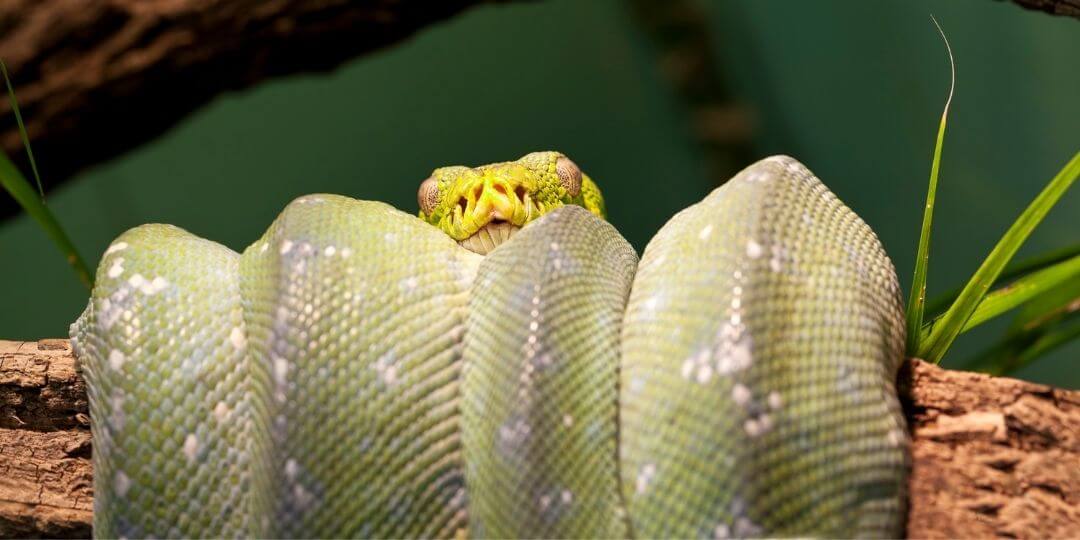Rainforests
What Is a Rainforest?
Rainforests are large forest ecosystems that receive nearly constant rainfall! Trees in rainforests are very close together and stay green year-round. There is often thick humidity and a wide variety of plants and animals.
Though rainforests only cover 6% of the Earth's land, they are home to roughly half of the world's plants and animals. Rainforests are incredibly dense, often having hundreds of different organisms living in a single square mile.
Rainforests can be found in both tropical and temperate regions. Tropical regions are found near the equator and have consistently high temperate. Temperate regions are a bit further from the equator and often experience seasons. There are actually three types of forests, but rainforests can only be found in tropical or temperate forests.
Types of Forests
Tropical Forests
Tropical forests are found near the equator. Trees keep their leaves all year and are very close together, forming a closed canopy. The temperature stays warm year-round and rain is nearly constant!
Temperate Forests
Temperate forests are found between tropical and boreal regions. These forests experiences seasons and lose their leaves in the winter. There are high amounts of rainfall and humidity.
Boreal Forests
Also known as taigas, boreal forests are found far from the equator in cold, snowy regions. Trees in boreal forests are mostly coniferous (evergreen) and rarely form a closed canopy. Temperatures are freezing for most of the year.
Rainforests Have Their Own...
Nutrient Cycle
Rainforests have their own nutrient cycle! As dead fruits and leaves fall from the treetops, they begin decomposing on the forest floor, which adds nutrients to the top layer of soil. Trees and other plants can then suck up those nutrients and continue to grow! As plants grow and die, the whole process begins again.
Water Cycle
They also have their own
water cycle. As trees and other plants transpire (lose water as vapor through their leaves), water vapor builds up in the atmosphere and then returns to the forest as rain. The rain the reaches the forest floor is then sucked up by the roots of trees and other plants and the process begins again. The water vapor that is transpired from the trees can lead to heavy fog above the forest!
Layers of a Forest
-
A. Emergent Layer
The emergent layer includes the tallest trees in the forest. These strong trees "emerge" through the rest of the trees to take advantage of the bright sun. Trees in the emergent layer are often more than 200-ft tall!
-
B. Canopy Layer
The canopy layer is the upper layer of the forest where most trees reach. A dense forest with trees that are very close together have a "closed canopy," meaning all the trees touch!
-
C. Understory Layer
The understory layer of a forest is between the forest floor and the canopy and is filled with young trees, bushes, and vines that do not reach the canopy.
-
D. Forest Floor Layer
The forest floor is covered in leaves, branches, and other plant parts that have died and are in various stages of decomposition. Very little sunlight reaches the forest floor in forests that have a closed canopy.
What Plants Live in the Rainforest?
Rainforests are filled with thousands of species of plants! From above, rainforests appear to be a blanket of treetops, but beneath the dense canopy is a luscious landscape of vines, bushes, young trees, and flowers. Plants underneath the canopy compete for light, space, and nutrients in the crowded and dark understory. Because of the intense competition, plants have developed unique and amazing adaptations to survive.
Tall rainforest trees have skinny trunks that help them grow up toward the sun, instead of growing wide. The bark on these trees is often thin and smooth to allow excess water to drip down. Many trees and shrubs also have leaves with pointed tips to help remove water. Rainforest plants try to shed excess water as it can be a breeding ground for fungus or other diseases. Plants in the rainforest have also adapted to have shallow roots to absorb nutrients from decomposed plant matter.
Because of the competition for space, some plants have adapted to grow on other plants! Plants like bromeliads grow small roots that attach them to branches of large trees. These plants also grow in a cup-like shape and are able to catch and store water. These "cups" of water can become a breeding space or home for many animal species. Living up high on the branches of trees allows them to be closer to the sunlight!
Check out these amazing rainforest plants and their adaptations!
Kapok Tree
Kapok trees are one of the most iconic trees found in the rainforests of South America, Africa, and Asia. Some species of kapok tree have spines to protect them from hungry critters, while others have smooth bark. Kapok trees are often one of the tallest trees in the forest, sometimes reaching 200-ft tall! Because of their shallow roots system, they have wide trunks with huge buttresses (large roots that stem from the tree trunk) that help support the massive tree. Unlike many other rainforest plants, the kapok tree drops its leaves in the winter (dry season), which helps prevent water loss. Seeds are covered in fine, white hairs that help them disperse in the wind.
Bromeliads
Bromeliads are a family of large, waxy plants that can grow on the forest floor or the branches of large trees. Many species of bromeliads can attach their roots to tree branches and get their nutrients from the atmosphere. Some bromeliads are known as air plants! Bromeliads usually have tightly overlapping leaves that create a cup that captures water. This water can be used by the bromeliad but is also used by insects, frogs, and other animals. Some bromeliads can grow quite large and hold several gallons of water at a time. Possibly the most famous type of bromeliad is the pineapple!
Orchids
Orchids are a huge group of plants that can be very different from one another. Many orchids that grow in rainforests are able to grow on the branches of large trees, just like a bromeliad. The orchid does not steal any nutrients from the tree. Instead, they use their large root system to pull nutrients and water from the humid atmosphere. Orchids often have large, waxy leaves that help trap moisture inside the plant. They also produce hundreds of thousands of tiny seeds that can fall from great heights and are spread around the ecosystem by the wind.
Pitcher Plants
Pitcher plants, like the Venus flytrap, is a carnivorous plant, meaning it gets its nutrients by eating small bugs! Pitcher plant leaves are shaped like, you guessed it, small pitchers that produce a sweet (or foul...) smelling nectar that attracts bugs and other small animals. Once the bug has gone in to explore, the leaf traps it inside using a lid-like structure above the pitcher. Because so many plants compete for nutrients from the soil, pitcher plants have adapted to get their nutrients elsewhere!
Test Your Knowledge
1. Tropical forests are found far away from the equator near the poles. True or false?
- Answer
False!
Tropical forests are found near the equator and have hot and consistent temperatures year-round.
2. Most plants in the rainforest have __________ roots to collect nutrients from decomposed matter.
- Answer
Shallow.
Plants in the rainforest compete for nutrients from freshly decomposed matter by having large, shallow root systems.
3. The emergent layer of the rainforest includes the tallest, strongest plants. True or false?
- Answer
True.
The tallest trees that stick out of the canopy make up the emergent layer. They are some of the oldest and strongest trees in the forest.
4. Some rainforest trees that have shallow roots rely on ___________ to provide additional support.
- Answer
Buttresses.
Buttresses are large roots that reach up to the trunk and help support the tree.
5. Pitcher plants and bromeliads are commonly found in boreal forests. True or false?
- Answer
False.
Pitcher plants and bromeliads are well adapted for tropical rainforests. They would struggle to survive in cold boreal forests.
6. In the rainforest, the forest floor receives lots of light! True or false?
- Answer
False.
Rainforests usually have a closed canopy, so very little light reaches the forest floor!
7. Trees in the rainforest release lots of ___________ vapor that then falls back to the Earth as rain.
- Answer
Water.
Rainforests are very humid and foggy because of the water vapor that escapes from leaves through transpiration!
8. Pitcher plants are ____________ plants, meaning they get their nutrients from eating small animals.
- Answer
Carnivorous.
Pitcher plants avoid competing for nutrients in the soil by getting them from digesting bugs and other organisms.
Plentiful Plants
Each photo below contains a characteristic of one of the three different types of forests. Using the information above, determine which type of forest (tropical, temperate, or boreal) has that characteristic.
What Animals Live in the Rainforest?
Like plants, animals in the rainforest have to compete for food, space, and mates, all while maneuvering through a dense forest filled with predators! The intense competition, along with being secluded from people and the rest of the world, has cause rainforest animals to develop some incredible adaptations!
Some animals have learned to compete for food by eating plants or animals that other animals are not capable of eating. Since fruit is a hot commodity in the rainforest, animals like saki monkeys have developed large, sharp canine teeth that allow them to eat unripe fruit while others have to wait for it to ripen. Others have developed incredible hunting strategies and mechanisms, like the chameleon's long tongue!
Finding food is half the challenge;
not becoming food is the other half! Some rainforest animals have become masters of camouflage and hope to remain unnoticed by other animals. Others go more on the defense and have developed venom or spines to help protect themselves from predators. Venomous animals often warn their attackers of their venom by being brightly colored, while other non-venomous animals have bright colors in hopes that predators will mistake them for being venomous and leave them alone!
Attracting a mate is also quite challenging in the rainforest, as there are often many animals competing for a mate. Some birds have developed bright, colorful feathers and perform elaborate dances while other animals, like frogs, must sing in hopes of attracting a mate. Singing or other vocalizations often play a role in mating rituals because the forest is so dense, it can be challenging to find one another!
To maneuver through the thick forest, some animals have adapted to swing through the trees, while others have learned to glide between them. Animals that dwell on the forest floor often depend on the lack of light to remain unnoticed as they travel.
Check out some of these amazing rainforest animals!
Orangutans
Jaguar
Birds of Paradise
Poison Dart Frogs
Resilient Rainforest
For each animal adaptation below, identify how the adaptation helps that animal survive in a rainforest ecosystem! There may be several ways the adaptation benefits them.
- 1. Green iguanas have long fingers with curved claws.
Helps them climb!
Green iguanas are primarily arboreal, meaning they live in the trees. Having long fingers and sharp, curved claws allow them to grip onto branches and tree trunks.
- 2. Macaws have curved beaks to break open nuts and seeds.
Break open their hard food.
Scarlet macaws have strong, curved beaks that they use to crack open hard nuts and seeds. They will also use their bill as a limb to help them climb!
- 4. Sugar gliders use wing-like skin that allows them to glide.
Helps them maneuver.
Like flying squirrels, sugar gliders have a thin flap of skin between their arms and legs that extend and allow them to glide from tree to tree.
- 5. Sloths have long, curved claws that act like hooks.
Helps them move (or hang) through the trees.
Sloths have large, hook-like claws that allow them to hang from trees using very little energy! Sloths spend almost their entire leaves in the trees.
Rainforests are in danger...
Deforestation
Deforestation is the process of removing trees by cutting them down or burning them to harvest their resources or make room for something else.
Forests are destroyed to create space to build communities, to create paper and lumber, and to develop agriculture. Agriculture is a growing issue because the demand for natural resources is increasing.
Each year, thousands of acres of forests are cleared for large-scale production of palm oil and sugarcane. To help stop the negative effects on the global ecosystem we must stop deforestation, which we can do by shopping locally and sustainably!
How YOU Can Help Stop Deforestation
Sustainable Palm Oil
Forests are frequently cleared for agriculture, especially palm oil plantations. Palm oil is in many things we use every day, but it doesn't have to be bad! Look for products that are certified by the Roundtable on Sustainable Palm Oil (RSPO) to make sure your products were produced sustainably.
Sustainable Lumber and Paper
Another major reason for deforestation is wood harvest. Lumber and paper products require many trees to produce. Instead of buying traditional paper products, look for products made with bamboo or certified by the Forest Stewardship Council.
Reduce Energy Use
Forests are responsible for pulling huge amounts of carbon from the atmosphere and turning it into oxygen. By reducing our carbon emissions, we reduce the pressure put on forests. By turning off lights, lowering AC, and riding our bikes, we can reduce our energy use and help forests.
Forest Challenge
Every choice we make throughout the day impacts our planet in some way! As individuals, we can choose whether our impact is positive or negative.
For this challenge, keep a daily log. For each day, document at least one choice you made to positively impact forests and our world as a whole!
Looking for more amazing lessons?
Check out our EdZOOcating Adventures using the link below!
Sign Up for our Newsletter
Stay up to date with new adventures, classes, deals, and more!
MENU
EDUCATIONAL RESOURCES
All Rights Reserved | Edzoocating.com

